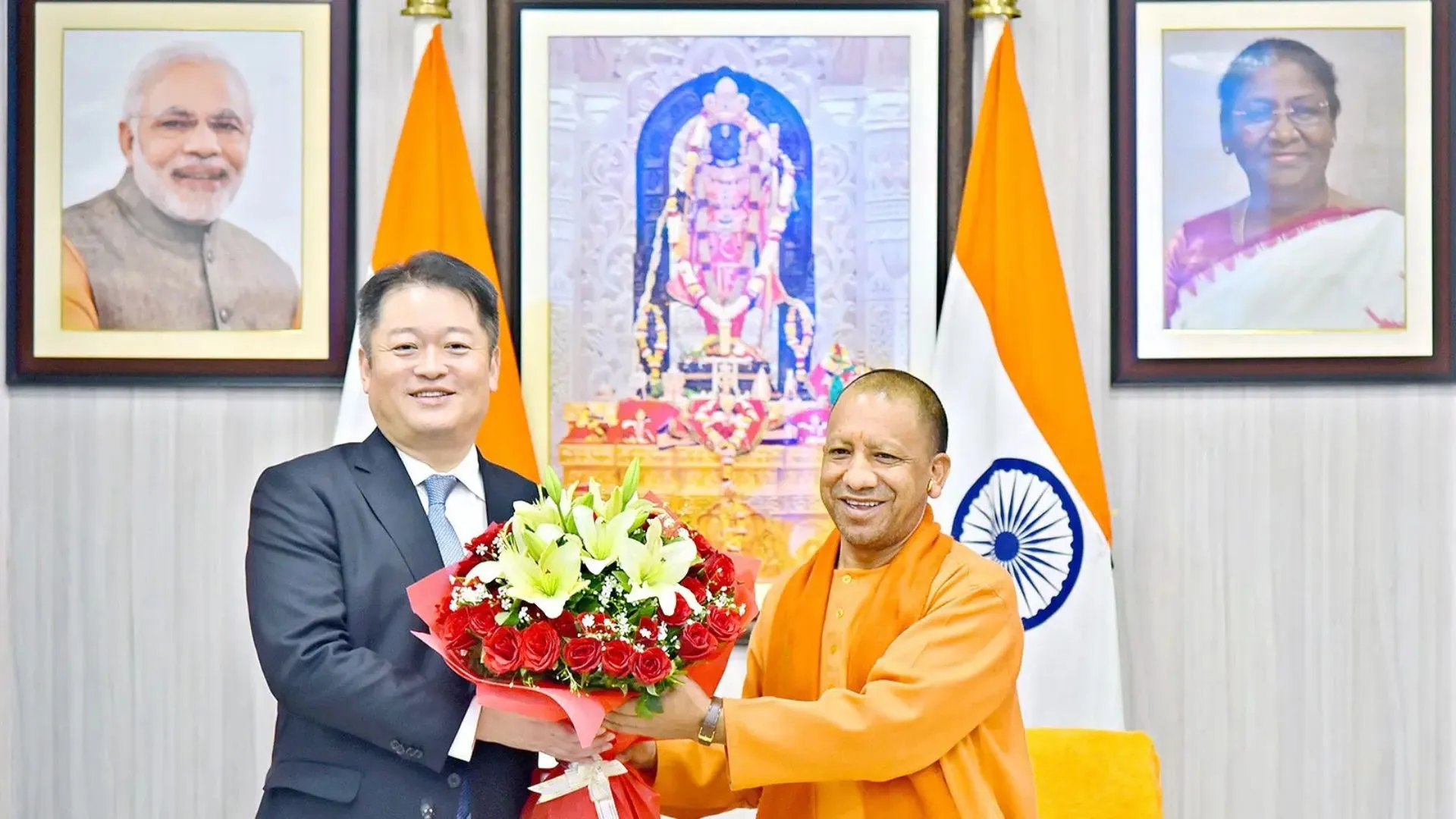As the nation bravely overcomes the Omicron wave, the Modi government presented a growth-oriented Rs. 39.45 lakh crore budget last month in pursuit of India@100, the vision of which PM Modi had set out. The budget lays down the following four priorities: • PM GatiShakti: A transformative approach for economic growth and sustainable development driven by seven engines, namely, Roads, Railways, Airports, Ports, Mass Transport, Waterways, and Logistics Infrastructure.
• Inclusive Development: across agriculture, industry, and services.
• Productivity Enhancement and Investment, Sunrise Opportunities, Energy Transition, and Climate Action
• Financing of Investments
Engendering the motto of ‘Sabka Saath, Sabka Vikas’, the budget demonstrates the government’s commitment to creating a balanced growth environment with a strong, sustainable infrastructure thrust.
The highlight of this budget is the enormous increase in capital expenditure; at Rs 7.5 lakh crore it amounts to around 2.9 percent of the GDP. This will provide a big boost to investment activity and support economic growth. Let us discuss how the budget will impact the key sectors.
TAXATION
While the budget maintains the status quo in the domain of personal income tax, corporate surcharge is reduced from 12% to 7% in order to keep up the momentum of economic recovery. Bringing virtual digital assets under the tax net will help reduce speculative play and augment collections.
The introduction of Central Bank Digital Currency will boost the digital economy. Further extension of the 15% concessional tax regime for new manufacturing entities and tax incentives for startups will help make India an attractive destination.
INFRASTRUCTURE AND INDUSTRY
Funding infrastructure through ‘Gati Shakti’ and public-private partnerships, is reflective of the government’s renewed commitment to revitalise the economy through world-class modern infrastructure. Key announcements include the 200 billion rupees Gati Shakti Master Plan for expanding the Nation Highway network by 25,000 km in 2022-23 and the manufacture of 400 new-generation Vande Bharat Trains over the next three years.
The extension in Emergency Credit Line Guarantee Scheme along with an enhanced guarantee cover will aid small businesses. Linking of Udyam, e-Shram, NCS, and ASEEM portals along with live, organic databases, providing G2C, B2C, and B2B services will help to further formalise the economy and enhance entrepreneurial opportunities for all. By reducing the number of compliances, the government has demonstrated its strong commitment to ‘minimum government and maximum governance’. Further, the Production Linked Incentive schemes mentioned to boost the manufacturing sector in India have potential to create 60 Lakh new jobs.
This impetus to infrastructure and industry will set in motion a multiplier effect and help sustain economic momentum in the long term.
HEALTHCARE
The speed and coverage of the vaccination campaign has been unprecedented. The government has allocated Rs. 86,200.65 crore for health care in 2022-23. It focuses on digitisation of the country’s health care delivery system to ensure universal access to health care through the National Digital Health Ecosystem. The National Tele Mental Health program, promoting R& D in the field of Artificial Intelligence, Genome sequencing and Pharma will promote growth, income and employment.
EDUCATION
Taking note of the serious disruption in education due to the pandemic, the Budget has set aside Rs. 1.04 lakh crore for education – an increase of around Rs. 11,000 crore, or 11.86%. The primary thrust is towards skilling programmes and enhancing employability. E-vidya and imparting education in regional languages will enable people in rural areas to access quality education.
URBAN DEVELOPMENT
Modernization of building bye-laws, Town Planning Schemes, Transit Oriented Development, “Har Ghar Nal Se Jal” and Prime Minister Awas Yojna schemes will revolutionise urban planning and making cities centres of economic growth.
RURAL DEVELOPMENT AND AGRICULTURE
The budget focuses on enhancing farmer incomes and building climate resilience. It allocates Rs 2.37 lakh crore towards direct payments for minimum support price to wheat and paddy farmers. Special funds for agri start-ups and use of ‘kisan drones’ and the launch of PPP will enable farmers to reduce costs, find new markets and gain competitiveness in global markets. The Pradhan Mantri Krishi Sinchan Yojana, the Pradhan Mantri Kisan Sampada Yojana, PM-KISAN and the Swachh Bharat Mission (Gramin) will greatly assist farmers.
CHILD AND WOMEN DEVELOPMENT
The budget highlights Nari Shakti as the harbinger for women-led development during the Amrit Kaal. Accordingly, Mission Shakti, Mission Vatsalya, Saksham Anganwadi and Poshan 2.0 will provide integrated benefits to women and children, highlighting gender equality and women’s empowerment in all aspects of our developmental agenda
TECHNOLOGY
The government’s plan for 5G mobile services will enable technology-led growth and offer job opportunities. The thrust to digital infrastructure via BharatNet, Data Centers, energy storage systems and digital payments would help create high-end tech jobs.
ENERGY
The allocation of Rs. 19,500 crores to boost the manufacturing of solar modules under the government’s flagship Production Linked Incentive scheme will create 60 lakh new jobs and additional 30 lakh crore jobs during the next five years. In a move that will also boost farmers’ income and address the issue of air pollution and stubble burning, the budget provides support for co-firing of 5 to 7 % biomass pellets in thermal power plants resulting in Co2 savings of 38mmt annually. The budget positively aims for a renewed push towards climate mitigation through a low-carbon economy, driven by a transition to newer clean energy technologies.
DEFENCE
Earmarking 68 per cent of the capital procurement budget for domestic industry in 2022-23, up from 58 per cent in 2021-22, our government demonstrates its commitment to reducing imports and promoting Atma Nirbharta in defence equipment.
All this clearly reflects that the budget is a sincere attempt to propel economic recovery with a strong focus on investment-led growth and push on capital expenditure to fuel economic revival, digitization and employment generation. The earnestness is evident in the fact that despite assembly elections impending in 5 states, it has completely avoided any populist lure or doles for poll-bound states. This is the sign of a mature, committed and citizen-centric Modi government.













